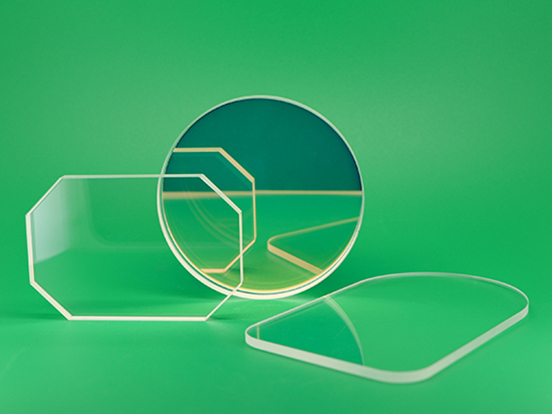Understanding Fiber Optics
May. 27, 2024
Fiber optics is about the technology in optical fibers, the most flexible type of waveguide for light propagation. Core technologies are described in optical fibers, including various types of glass fibers (e.g., quartz fibers and fluoride fibers), and also plastic fibers. In addition to differing in materials, optical fibers differ from each other in many other ways, especially in the propagation properties in the fiber core, for example:
1. single-mode and multimode fibers that support one waveguide mode or multiple modes;
2. large mode area fibers with a large effective mode area;
3. low-loss fibers for long-distance data transmission;
4. hollow fibers, where a portion of the light is propagated through the air;
5. a variety of specialty fibers, some of which are photonic crystal fibers (or microstructured fibers) that contain small air holes in the core.

As shown in the figure, light enters the fiber and propagates through the fiber at a fixed beam radius until it leaves the fiber. It is possible toIt is possible to combine multiple opticalMultiple optics can beMultiple optics can be concatenatedMultiple optics can be connected multiple optics can be connected to the multiple optics can be connected
In an all-fiber optic device, the light may be completely distributed in the waveguide structure.
Optical Fiber
Fiber optics are often applied in the form of fiber optic cables, in which the fiber is placed in a support structure that is used to protect it from mechanical stresses and fluids. Fiber optic cables are usually ported with fiber optic connectors, which allow for easy linking to another cable, although fiber optic connectors are generally fragile.
The differences between fiber optic cables are reflected in the following:
They may contain different types of optics, such as single-mode or multimode glass or plastic fibers, and have different specifications.
Fiber Optics Device
In addition to fiber optics, many types of fiber optic devices exist that can be connected via fiber optics. Many fiber optic devices are manufactured from optical fibers, while others may contain different other materials but are coupled through optical fibers, i.e., optical fibers are used as input and output ports. Some examples of fiber optic devices include:
Fiber-coupled laser diodes can be used as light sources for fiber optics. Solid-state body lasers or other lasers combined with a fiber-coupled device may also be used.
Briefly describe the structure of optical fiber
Fiber optic is a communication line used to transmit optical signals, which consists of a series of fiber optic units. The fiber optic unit is made of a very fine glass or plastic fiber, which is usually only a few microns in diameter. The structure of an optical fiber consists of three main parts: the fiber core, the cladding, and the outer sheath.
CLZ Optical Co., Ltd. is a manufacturer of components, such as spherical lenses, optical domes, filters, mirrors, optical windows, optical glass, etc.
With the rapid development of optical communication technology, the application of optical functional glass as an important optical material in the field of optical communication has received more and more attention.
Fiber optic transmission is the core technology in modern optical communication systems, and optical functional glass, as a material with excellent transmission properties, can significantly improve the transmission efficiency and quality of optical signals. Lower transmission loss and greater bandwidth can be achieved by using light prepared with optical functional glass. In addition, optical functional glass can also reduce the dispersion of optical fiber, effectively suppress signal distortion and crosstalk, and improve the stability and reliability of optical fiber transmission.
For the design and manufacture of fiber optic connectors, optical functional glass also plays an important role. Fiber optic connector is an important component for connecting optical fiber and equipment in an optical communication system, and its performance will directly affect the transmission efficiency and quality of the system. Optical Functional Glass, as a material with excellent mechanical and thermal properties, can be used to manufacture optical fiber connectors with high precision and stability.
CLZ Optical Co., Ltd. use materials like fused silica, optical glass, sapphire, and so on. Our products are widely use for various fields.
Please contact us free time if you have any needs.





















